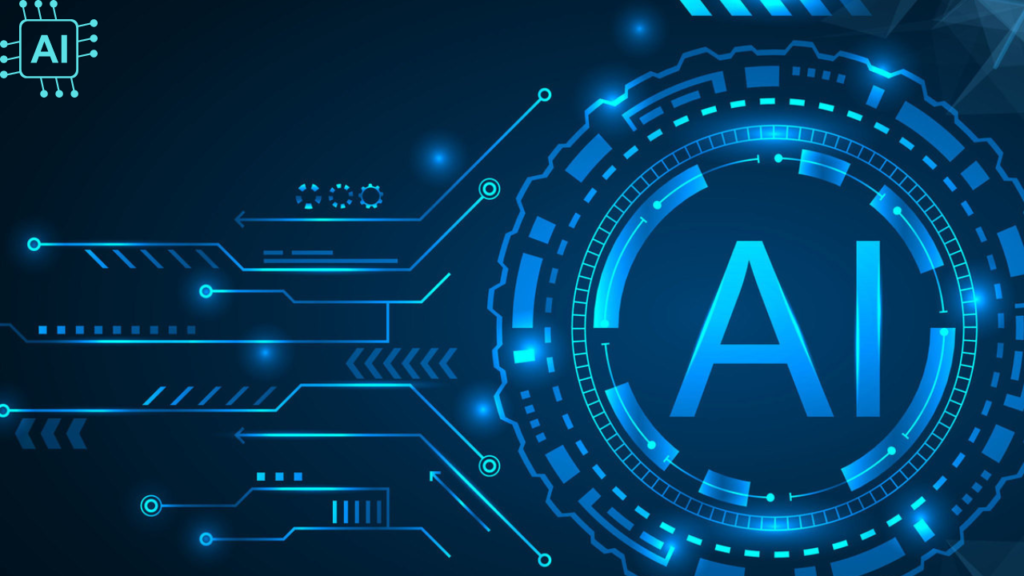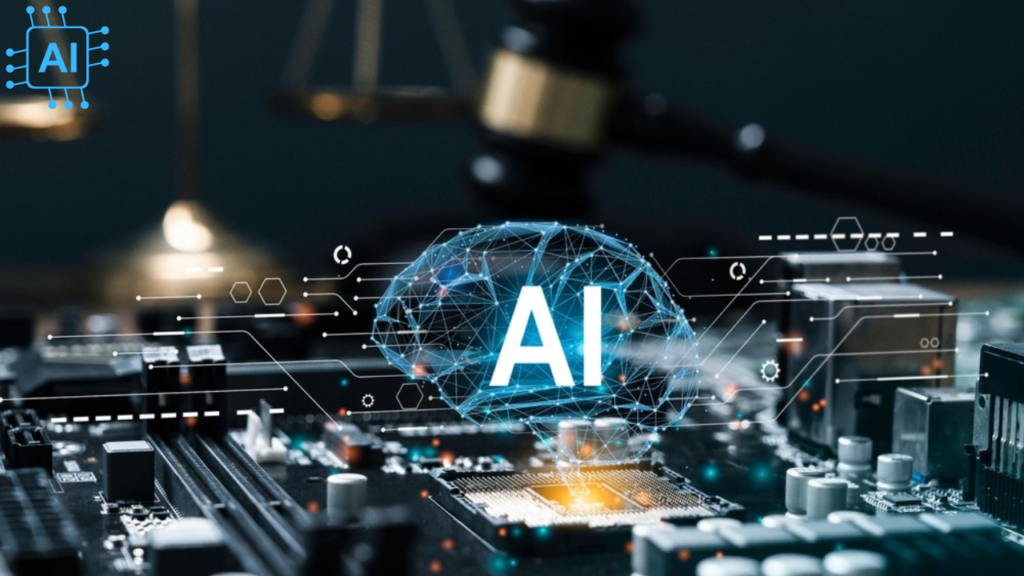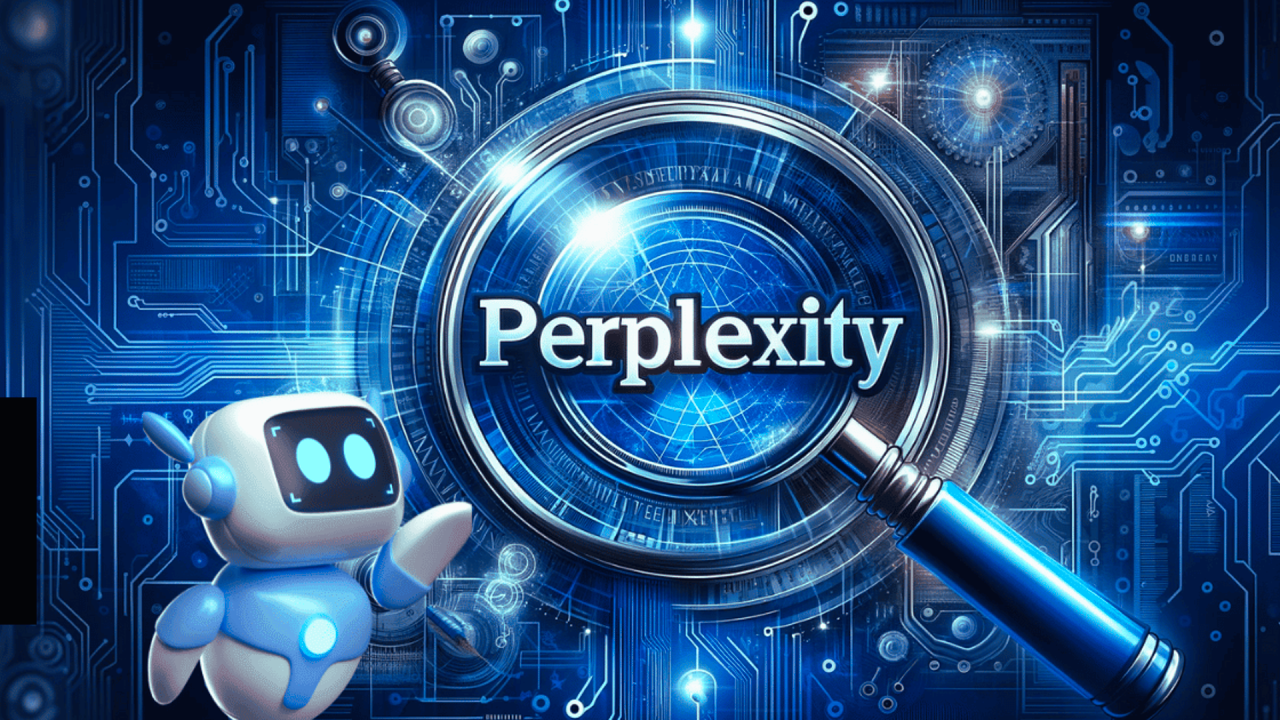
As artificial intelligence (AI) continues to evolve, governing bodies across the globe are developing frameworks and guidelines to ensure that its use aligns with ethical standards.
Three key players in the development of AI ethics guidelines are the Institute of Electrical and Electronics Engineers (IEEE), the European Union (EU), and the Organization for Economic Co-operation and Development (OECD).
Each of these organizations approaches AI ethics from different perspectives, with varying principles and recommendations.
In this article, we will provide a detailed comparison of their guidelines, shedding light on the differences and similarities.
Overview of AI Ethics Guidelines
IEEE AI Ethics Guidelines
The IEEE is one of the largest professional associations for engineers and is particularly known for its development of standards across technological sectors.
Its Ethically Aligned Design framework is a comprehensive guideline aimed at aligning AI development with human rights, societal values, and ethical principles.
Key points from the IEEE guidelines include:
- Human Rights-Centric Approach: The IEEE focuses heavily on protecting human rights in AI applications, ensuring that AI technologies do not harm individuals or communities.
- Transparent AI Systems: AI should be designed in a manner that ensures transparency, accountability, and explainability.
- Fairness and Accountability: The IEEE stresses the importance of fairness in AI systems, preventing biases that could negatively impact vulnerable populations.
One of the defining characteristics of the IEEE’s approach is its emphasis on practical tools and standards for developers.
This includes the development of specific metrics and guidelines that can be applied during the AI design process to maintain ethical integrity.
EU AI Ethics Guidelines
The European Union has taken an active role in creating ethical frameworks for AI, particularly with the Ethics Guidelines for Trustworthy AI developed by the High-Level Expert Group on AI (AI HLEG).
The EU guidelines are based on seven core principles aimed at ensuring that AI serves humanity and the common good.
The seven guiding principles are:
- Human Agency and Oversight: AI systems should empower human decision-making and provide oversight mechanisms to prevent misuse.
- Technical Robustness and Safety: Systems must be secure, robust, and resilient to errors and cyberattacks.
- Privacy and Data Governance: Personal data protection and privacy are central to the EU guidelines.
- Transparency: AI systems must be transparent, allowing users to understand how decisions are made.
- Diversity, Non-Discrimination, and Fairness: Preventing bias and promoting inclusivity are fundamental to the EU’s ethical framework.
- Environmental and Societal Well-being: AI should contribute positively to the environment and society at large.
- Accountability: The EU emphasizes the need for clear lines of accountability in the development and deployment of AI technologies.
The EU’s approach is notable for its emphasis on human-centered AI, with a clear focus on ensuring that AI technologies serve public interest and uphold fundamental rights.
OECD AI Ethics Guidelines

The OECD focuses on fostering international cooperation and alignment in AI ethics.
The organization’s Principles on AI were adopted in 2019 by over 40 countries, including non-OECD members like Argentina, Brazil, and Singapore, making it one of the most widely recognized AI ethics frameworks globally.
The OECD guidelines rest on five key principles:
- Inclusive Growth, Sustainable Development, and Well-being: AI should contribute to inclusive growth and support societal and environmental sustainability.
- Human-Centered Values and Fairness: AI should respect human rights, diversity, and fairness.
- Transparency and Explainability: AI systems should be transparent and provide explanations that foster trust.
- Robustness, Security, and Safety: AI systems must be designed to be robust and secure, mitigating risks.
- Accountability: Developers and organizations must be held accountable for AI systems’ outcomes and impacts.
A defining characteristic of the OECD’s approach is its focus on international cooperation, encouraging countries and organizations to adopt consistent principles that align with broader societal goals.
Comparing the Key Principles of IEEE, EU, and OECD Guidelines

Human Rights and Fairness
All three guidelines emphasize the importance of respecting human rights and ensuring fairness in AI systems.
The IEEE and EU stress the need to prevent bias and discrimination, while the OECD extends this further by promoting inclusive growth and sustainability.
The EU guidelines place significant emphasis on diversity and inclusivity, with specific attention to marginalized groups.
The OECD, on the other hand, frames this within a broader context of global cooperation, ensuring that AI fosters growth in developing nations as well.
Transparency and Explainability
Transparency is a common theme across all three guidelines, but each has a unique take. The IEEE focuses on technical transparency, providing practical tools for developers to create explainable systems.
The EU framework emphasizes the need for users to understand AI decisions, ensuring that individuals can challenge outcomes.
The OECD, meanwhile, promotes transparency through international standards, facilitating trust across borders.
Accountability
Accountability is another key area where these guidelines overlap.
The EU and OECD guidelines both stress the need for clear lines of responsibility, particularly in cases where AI causes harm.
The IEEE, while also advocating accountability, places more emphasis on the development phase, encouraging the use of standards to prevent ethical issues from arising.
Technical Robustness and Safety
The EU and OECD share similar views on the importance of technical robustness and security.
Both guidelines highlight the need for systems that can withstand threats, errors, and cyberattacks.
The IEEE, while addressing these concerns, places a more specific emphasis on creating standards that developers can use during the design process to ensure that safety measures are incorporated from the outset.
International Collaboration
A unique aspect of the OECD guidelines is the strong emphasis on international cooperation.
The OECD seeks to align AI ethics across countries, ensuring that AI technologies are developed and deployed in ways that benefit the global community.
The EU, while promoting collaboration within its member states, does not have as broad a scope as the OECD in this regard.
The IEEE primarily focuses on creating universal technical standards, which can also be adopted internationally.
Conclusion: Which Guidelines Are Most Effective?
Each set of guidelines from the IEEE, EU, and OECD offers valuable insights into how AI ethics should be approached.
The IEEE provides a detailed and practical framework, heavily focused on the technical aspects of AI development, making it ideal for organizations seeking concrete standards.
The EU, with its human-centered focus, is particularly concerned with upholding human rights, privacy, and fairness, making it well-suited for public-facing organizations and industries.
The OECD‘s strength lies in its international reach and commitment to global cooperation, making it a key player in promoting consistent ethical standards worldwide.
Ultimately, the choice of which guidelines to follow depends on the specific goals and needs of the organization.
However, a combination of these principles would likely provide the most comprehensive approach to ensuring that AI technologies are both effective and ethically sound.


